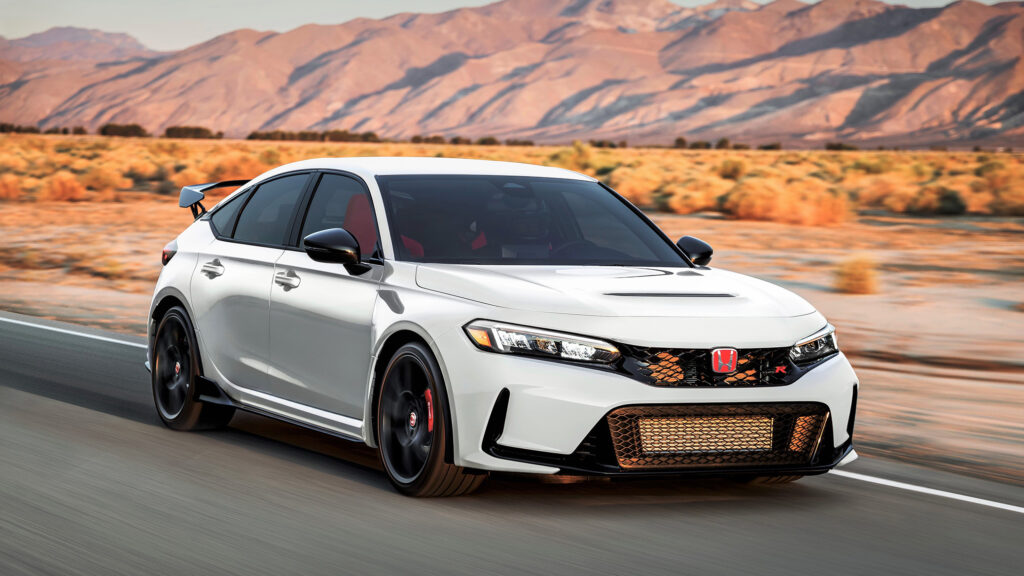The good news for anyone looking for a new car right now is that car prices have fallen back from last year’s crazy peak. The bad news is that unless you’re paying cash, which very few people are, the true cost of taking that car home and preventing the repo men from taking it back is higher than ever.
The problem is interest rates. Last year prices were high but interest rates were still low. This year rates are much higher, and currently average 7.4 percent on an auto loan. That pushed the cost of the average monthly loan payment to a record $736 in the three months to September, and don’t go thinking you can half that check by buying used: the crappy 11.2 percent average APR on used cars made the average monthly payment for one of those $567.
But the story gets even worse, because almost 18 percent of new car buyers in Q3 signed up for monthly payments of at least $1,000, that figure up 0.4 percent on the previous quarter. And some of those buyers will already be paying one, or even two, other monthly car loans on different vehicles. No wonder ex-Ford CEO Mark Fields told a TV interviewer earlier this year that “You have to make over $100,000 just to afford a new car.”
Related: Tesla Now Offering 84-Month Loans For New Buyers In The U.S.

Fields didn’t just pluck that figure out of thin air. There’s something in the car retail industry called the 20/4/10 rule, which recommends buyers spend no more than 10 percent of their monthly pay on a four-year auto loan after putting down a 20 percent deposit.
Market Watch takes the example of a new car priced at the U.S. average of $48,000 – roughly equivalent to a Nissan Z or a Honda Civic Type R – that after trade-in deductions and haggling leaves you to finance $40k. If you do that over five years on a loan with a 7.5 percent interest rate you’ll end up with an $801 monthly payment, which suggests you should be making $96k every year before signing on the line. That’s a depressing conclusion for many Americans, the majority of whom earn much less, but still aspire to own a brand new car.
H/T to Motor Trend




